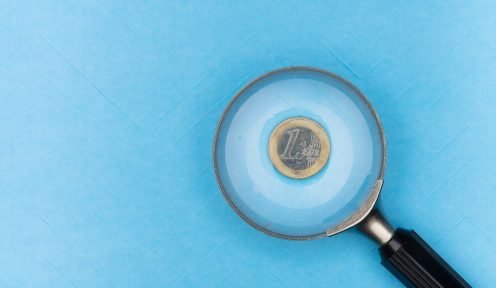
28.07.2020
Necessary requirements to exercise the individual action of responsability against the Directors.
We analyze not only the concept of individual action of liability of the directors and its difference with social action. We also analyze the requirements for the concurrence of such actions, established in a precise and permanent way by the jurisprudence.
 Por
Sanz González , María
Por
Sanz González , María 1. Introduction.
2. Requirements for the concurrence of the individual action of liability of Directors.
3. Conclusion.
Introduction
In previous collaborations, we have talked about the social action of responsibility against Directors. And, more specifically, its limitation period. Therefore, we are now going to look at the requirements necessary for its exercise.
The individual liability of Directors is often wrongly linked to any breach of company contract. This is perhaps due to the unspecific wording of article 241 LSC.
Action of individual liability of Directors derives from their activity as a social body in the exercise of their functions. Therefore, such responsibility is attributed to them when they carry out an illicit act in the performance of their functions as an administrative body. It is therefore a matter of non-contractual liability within the scope of the company.
The difference between individual action and social action is clear. The purpose of social action is the restoration of social assets. The purpose of the individual action, however, is to amend the damages against the estate of partners, or third parties.
Requirements for the concurrence of the individual action of liability of the Directors.
We have seen the difference between the individual action of liability of Directors and the social action of liability. However, sometimes it can be difficult to determine when such liability arises. In this respect, our jurisprudence includes a series of requirements to be able to determine its existence:
- There must be a behavior of the Directors, whether actively or passively. Therefore, it is important to bear in mind that not only actions, but also omissions may lead to this liability. However, the latter occur much less frequently.
- It must be possible to attribute this behaviour to the BoD (administrative body). In other words, it must be possible blame such behaviour to them in the exercise of their duties. Otherwise, we would be dealing with mere civil liability, whether contractual or non-contractual.
- This conduct of BoD must be unlawful. It must have gone against the provisions of the law or the articles of association. We must also include the non-diligent action that can be demanded from a loyal employer or representative. This means that it is not necessary to breach the law or the articles of association. It is simply a matter of breaching that duty of diligence. Diligence of orderly businessman and loyal representative.
- This unlawful behaviour of the administrative body must produce a damage.
- Such damage does not need to have harmed the interests of the company. It is enough for it to be direct against the third party. The use of the term “direct” is relevant, as expressly stated in art. 241. LSC. And it is precisely this that allows us to differentiate the social action of liability with with the individual one. There are cases, such as those in which the partners, or third parties, experience damage. This damage derives of the company’s assets damages itself. Our jurisprudence considers this situation as an indirect damage, and consequently, it does not legitimize the exercise of this individual action. Therefore, damage to third parties resulting from the company’s insolvency is usually considered to be indirect damage. Logically, any damage to the company’s assets affects shareholders and creditors, but this does not mean that it is direct.

Si te ha interesado este artículo no dudes en leer:
Director´s Liability for failing to deposit the Annual Accounts (or Financial Statements)
However, this does not prevent individual liability from arising in the above-mentioned cases. Our jurisprudence has ruled cases in which the impossibility of collecting of the social creditors produced direct damage to them. For example, that in a company with all its assets seized, the administrators would continue to apply for credits. Or when there has been an emptying of assets through fraud, benefiting Directors themselves.
- Finally, the need for a causal relationship between the conduct and the damage caused.
From Jurisprudence requirements set out above, we can see a clear respect for the principles of capital companies. That is to say, respect for the legal personality of these companies and their consequent liability for corporate debts. The possibility of attacking persons other than the company itself must be exceptional and limited. And such action must also be brought by the third party who has actually suffered direct damage to his or her assets.
Conclusión.
As we can see, a characteristic note differentiates individual action from corporate action: the affected assets whose damage is to be amended. The personal assets versus the social assets. This damage must be produced by Directors in the role of their duties and goals. There must also exist a causal relationship between the (unlawful) conduct and the damage. Finally, the damage must necessarily be direct. These notes will give rise to the possible origin of this individual action of liability of the Directors.
If this article has been of interest to you, you can obtain more information by consulting the following:












